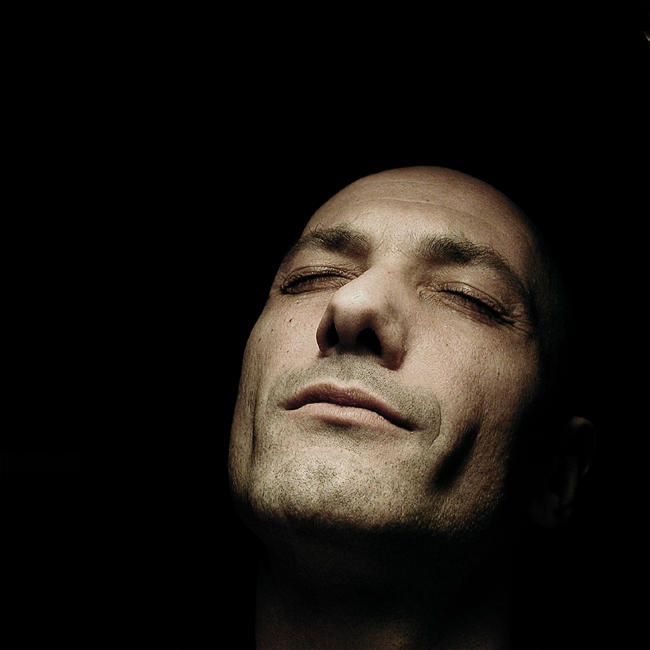One Light
by Mahmud ShabistariEnglish version by Andrew Harvey
Original Language Persian/Farsi
What are "I" and "You"?
Just lattices
In the niches of a lamp
Through which the One Light radiates.
"I" and "You" are the veil
Between heaven and earth;
Lift this veil and you will see
How all sects and religions are one.
Lift this veil and you will ask --
When "I" and "You" do not exist
What is mosque?
What is synagogue?
What is fire temple?
| -- from The Longing in Between: Sacred Poetry from Around the World (A Poetry Chaikhana Anthology), Edited by Ivan M. Granger |
| More Poems by Mahmud Shabistari | Next Poem >>

/ Image by Pieroc /
View All Poems by Mahmud Shabistari
With the recent ratcheting up of tensions between the US and Iran, I thought it would be worthwhile to be reminded of the cultural beauty and spiritual richness that Iran/Persia brings into the world. Mahmud Shabistari is one of my favorite poets from the golden age of Persian Sufism...
=
“I” and “You” -- What is Shabistari talking about here? “I” and “You” is the normal perception of existence. Here “I” stand, and “You” are a separate entity over there. It is the perception of duality in which we see the entire universe as a fragmented space of disconnected beings and objects. On the one hand, that perception allows us to feel supremely important in contrast to all else, but it also isolates us and imprisons us in a physicalized notion of reality. Even when we touch, we never quite make contact. The heart ever yearns for real unity.
To show us the way out of this perceptual trap, Shabistari has given us an image to contemplate: a lamp surrounded by latticework. The lamp shines with a single light, but the lattices divide up the radiance into several individual shafts of light. He tells us the world of separation between “I” and “You” is like that -- one light divided into many rays.
Think about this image for a moment. So long as we look outward, we only see separated beams of light reaching through the air and patterning the wall. But the moment it occurs to us to look at the lamp itself, we turn around and discover the single light that is its source within. Finally seeing that one light, we then know that there has only ever been that one light. Does the lattice somehow create many lights of the one light? No. It is still the one light, but expressing itself through the many beams. To prove this to ourselves, all we need do is remove the latticework, and then the light shines everywhere, undivided. And the whole time the light itself has never changed its action or nature.
Shabistari makes an interesting shift in the second part of this verse. The separation of “I” and “You” expands to encompass the realm of the world's religious divisions. And the metaphor of the lamp's lattice has become a veil (which, of course, covers the face of the Beloved). Even the many sects and religions are one—when we finally look inward toward the light that shines at the heart of each tradition. To one who has lifted the veil and witnessed the underlying Beauty, the distinctions of each tradition and theology no longer separate them. Instead, we can say that the best of each religious tradition adorns the Face differently—but it is the same Face.
Lift this veil...
...and separation is lost, the soul's isolation ends. And every place becomes a place of worship.
Recommended Books: Mahmud Shabistari

